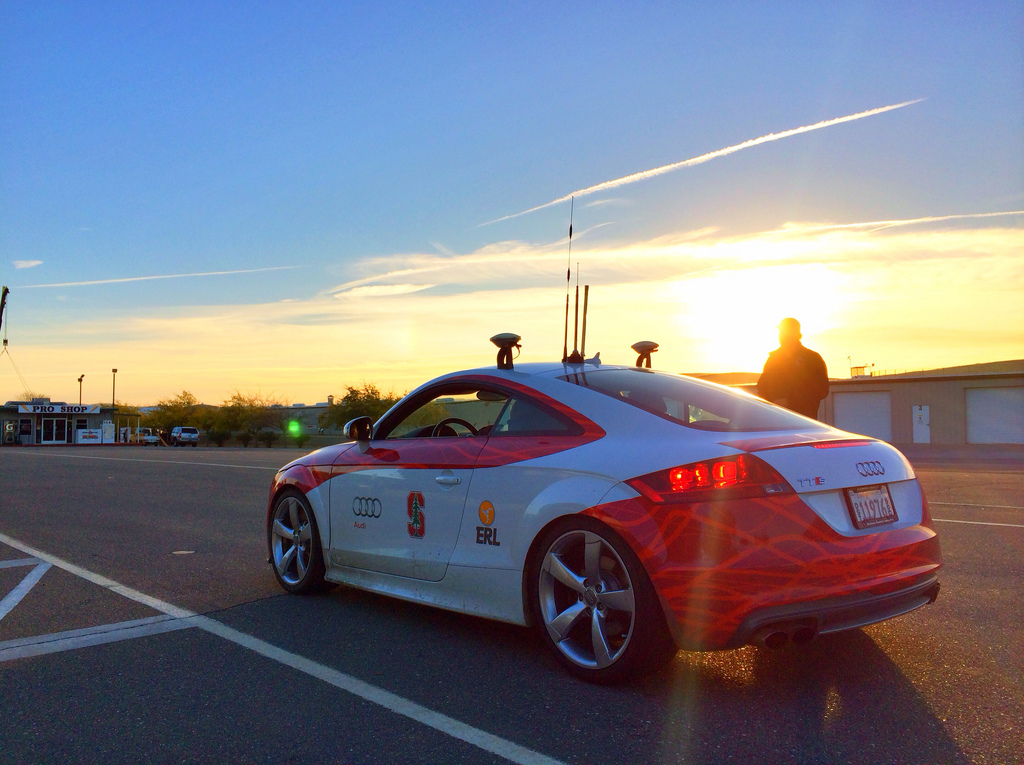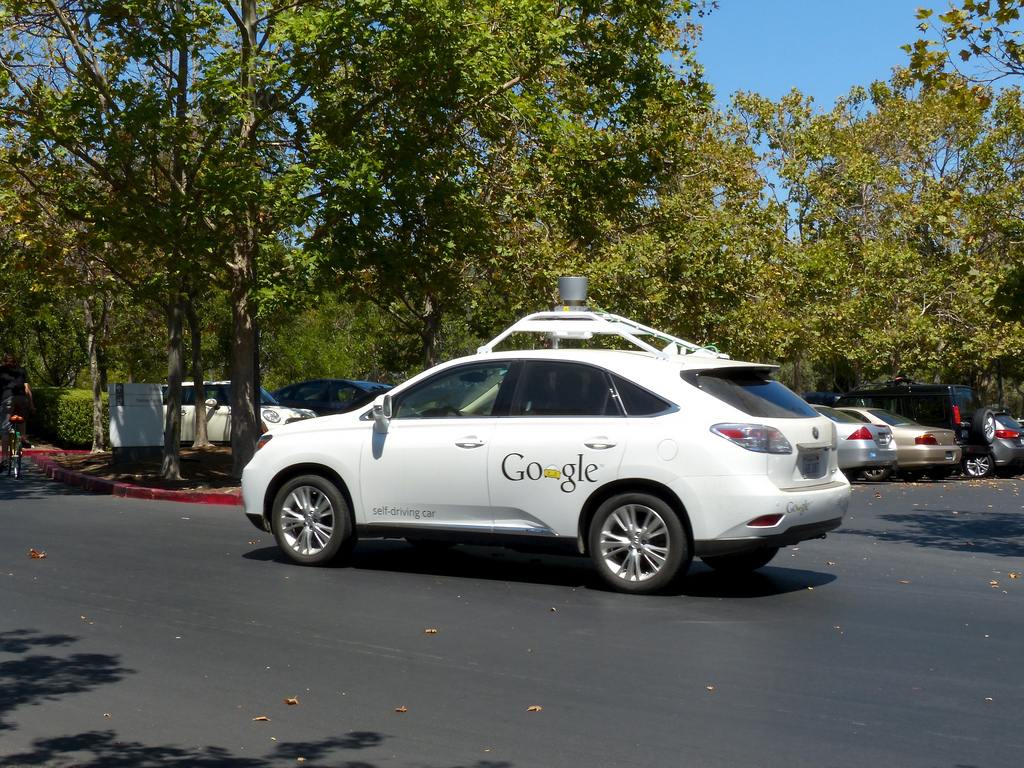Self-Driving Cars: Are they really safe?
Science fiction artists and writers have tried to predict the future of transportation for decades. The classic picture features jetpacks, shuttles to moon colonies, and cars that drive themselves. The jetpacks and the moon colonies haven’t appeared yet, but driverless cars may be just around the corner. Is new drivers insurance about to become a thing of the past? Whether the technology is ready or not, it’s hard to imagine that human drivers will be willing to hand over control of their cars to computers.

Although each manufacturer’s system differs, the basics of self-driving cars are consistent. For instance, the Google autonomous vehicle uses a 64-beam laser system mounted on its roof to detect the position of other cars and obstacles on the road. Data gained from the car’s lasers, radar and cameras is combined with GPS data and information about the car’s speed and direction to create a detailed three-dimensional model of the vehicle and its surroundings. Information about traffic laws and local accident statistics is also added to the car’s knowledge of the road.
Because of their vast array of sensors, driverless cars probably have greater awareness of the road around them than human drivers; they can see all sides of the vehicle simultaneously, and their “eyes” are always on the road.
Human drivers may be reluctant to allow a machine to do their driving for them, but the numbers actually suggest that driverless cars are very safe. Google’s experimental vehicles have driven hundreds of thousands of miles without accident. The only incidents involving one of Google’s fleet occurred either when one was being driven by a human or when a human-driven vehicle hit a stationary driverless car. Similarly, Audi and BMW have both performed successful experimental drives with their autonomous vehicles. There seems to be no evidence that autonomous vehicles are more dangerous than human-driven ones. Human drivers, after all, can have impaired reactions, make bad decisions, or be distracted. Accident rates for vehicles with drivers are so far much higher than those for driverless cars.

However, not all aspects of driverless systems are perfect yet. Driverless cars still struggle to perform in certain environments. For instance, some experimental models have encountered difficulties with snow, while temporary signs such as those found around roadworks or diversions can be a problem since the car’s system doesn’t have prior knowledge of them. However, experts agree that fully autonomous vehicles are no more than a decade or so away – that is, if manufacturers can manage to overcome the legal and regulatory obstacles.
Road safety isn’t the only issue facing driverless vehicles. In fact, information security may be a more serious problem. Experts such as Volvo’s Jan Ivarsson and Mercedes-Benz’s Dieter Zetsche have suggested that driverless cars might be vulnerable to theft or damage from hackers who could take control of the vehicle or feed false data to its systems. Even if a vehicle couldn’t be hijacked, there are privacy concerns. Unlike a human-driven car, a driverless car would store very detailed information about where it had been, how fast it had been going and more. Controlling access to this information will be an important part of integrating driverless vehicles into society.
Although the technology behind driverless cars is advancing every day, it will be a few years at least before fully autonomous vehicles are commonly available. It may be even longer as governments attempt to sort out the challenges of licensing cars with no drivers. Sooner or later, however, vehicles driven by computer will be a common sight on the roads, changing how humans think about machines dramatically.

